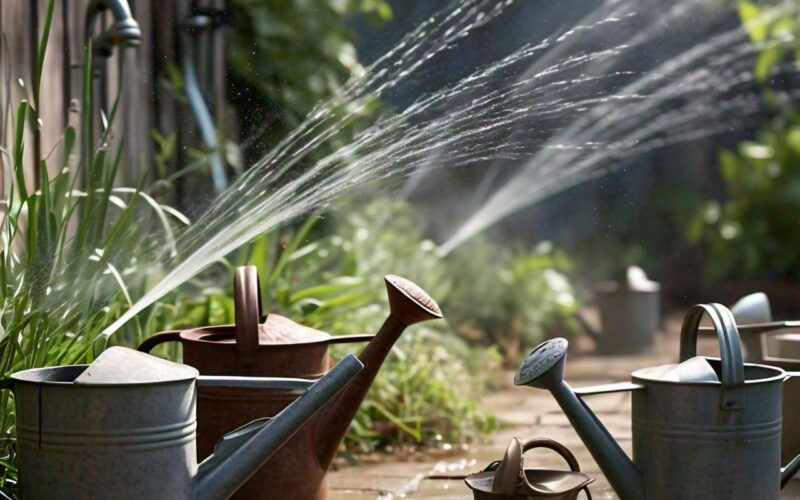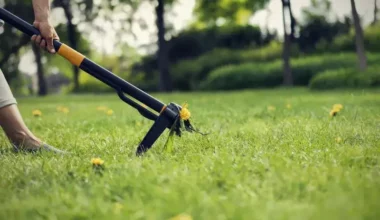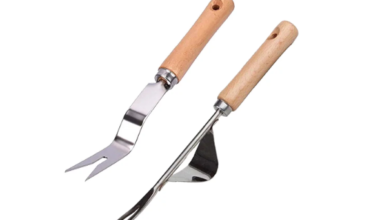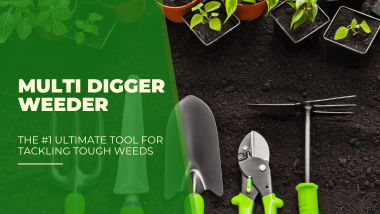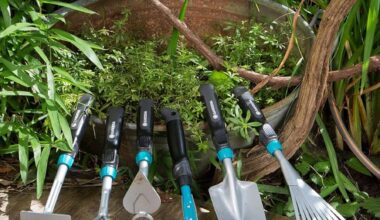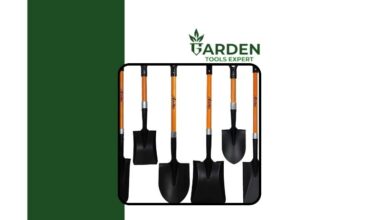Are your garden or houseplants just getting a quick splash of water? Making sure your plants get enough water is key to keeping them healthy and bright. With many watering options out there, picking the right one can be tough.
Let’s explore the good and bad of watering cans vs sprinklers as we help you find the best watering method for your garden. Ready? Let’s get started!

The Importance of Efficient Plant Watering
Water conservation is key in many areas, making it vital when picking an irrigation method. Drip irrigation is seen as the top choice for saving water. It sends water straight to the roots and cuts down on waste from evaporation and runoff.
The United Nations Food and Agricultural Organization says drip irrigation can use up to 90% of water efficiently. This is way more than traditional sprinkler systems, which use 50-70%. This efficiency leads to lower water bills and less harm to the environment.
Water Conservation and Environmental Impact
Drip irrigation is super efficient, sending water right to the roots and wasting less. This saves water and lowers the environmental impact of gardening. It uses less water and cuts down on energy for pumping and treating water.
Promoting Healthy Plant Growth
Watering vegetation efficiently does more than save water; it helps them grow better. Drip irrigation boosts deep root growth and prevents soil erosion. This makes vegetation stronger and more sustainable, making your garden healthier.
Choosing between watering cans and sprinklers depends on your garden’s size and your commitment to green gardening. By focusing on saving water and watering vegetation well, you help your garden and the planet.
Understanding Watering Cans
Watering cans are a classic and portable way to water your plants. They let you water plants precisely and reach tight spots easily. But, they can hold less water and cover less area, making them less good for big gardens.
One big plus of watering cans is how easy they are to move around. You can carry water right to your plants without the trouble of a heavy hose. They’re perfect for small gardens, indoor plants, and hard-to-reach spots.
Watering cans also let you water plants just right. You can control the water flow and make sure each plant gets the right amount. This is key for delicate plants or those with special watering needs.
- Watering cans with a single stream nozzle are best suited for watering houseplants.
- Sprinkle nozzles are recommended for watering seeds, seedlings, and vegetables in the garden.
- Some watering cans have dual-purpose nozzles, providing options for both pour and sprinkle functions.
But, watering cans have some downsides. They can’t hold as much water as other methods, which is bad for big gardens. Also, filling and carrying them can be hard work, especially for big gardens.
To make up for this, some watering cans have special features. For example, curved spouts help prevent spills when you’re moving them. Cans with two handles or a single grip handle are also easier to carry and pour.

Choosing between plastic or metal cans depends on what you need. Plastic cans are light and last a long time. Metal cans are tough and don’t rust easily. Your choice should match your garden’s look and your needs.
Sprinklers vs. Watering Cans
Choosing between sprinklers and cans can greatly affect your garden’s watering. Each has its own benefits, so it’s key to think about what works best for you.
Sprinklers are great for watering large areas like lawns or big gardens. They make watering easy and save time by covering a lot of ground at once. But, they might not be as efficient as watering cans because of evaporation and runoff.
Watering cans, on the other hand, give you control over how much water each plant gets. They’re perfect for small gardens or when you want to water specific plants carefully. They’re also more efficient because you can direct the water right to the roots.
So, whether to use sprinklers or watering cans depends on your garden’s size, your needs, and what you prefer. Think about water efficiency, coverage area, convenience, and plant suitability when deciding between sprinklers vs. watering cans.
Choosing between sprinklers and watering cans is about what you need for your garden. By looking at the good and bad of each, you can make sure your plants get the right amount of water.
Choosing the Right Irrigation Solution
Choosing the right way to water your garden is key. The choice affects how much water you use, how healthy your plants are, and how well you garden. Think about what your garden needs and look into smart irrigation technology.
Assessing Your Garden’s Needs
Think about your garden’s size, the plants you have, and the water you can use. For big gardens or lawns, sprinkler systems might be best. But for gardens with lots of plants or specific areas, drip irrigation could work better.
Integrating Smart Irrigation Technology
Adding smart irrigation tech like soil moisture sensors and weather-based controllers can make watering better. These tools adjust watering times based on real data. This way, your plants get the right water at the right time. It helps your garden stay healthy and saves water.
When picking an irrigation solution, think about these things:
- Garden size and layout
- Plant types and water needs
- Available water resources
- Initial setup costs
- Long-term upkeep and energy use
- How smart tech can save water
Looking at these points helps you pick the irrigation solution right for your garden needs. It also helps use water wisely with smart irrigation tech. This way, your garden does well and helps save water.

Adapting to Different Landscape Types
Efficient plant watering depends on knowing your landscape’s unique needs. Different landscapes need different amounts of water. Choosing the right irrigation system is key to healthy plants and saving water.
Drip irrigation is great for gardens, flower beds, and dense plant areas. It sends water straight to the roots, cutting down on evaporation. This method is the best at saving water and money compared to others.
- Drip systems are the most efficient irrigation method as water is applied precisely where needed, eliminating runoff, evaporation, and erosion.
- Drip irrigation works well for all soil types and landscapes, making watering easier and encouraging root growth.
- Soaker hoses are easy to use and inexpensive, making them suitable for small gardens where a drip system may not be feasible.
Large lawns or athletic fields do well with traditional sprinkler systems. These systems cover big areas evenly. They can also have technology like rotary nozzles that work like drip systems, helping water soak in better.
Knowing what your landscape needs helps you pick the best irrigation method. Whether it’s drip irrigation for your garden or a sprinkler for your lawn, adapting your watering is key. It helps keep your outdoor space lush and vibrant.
Conclusion
Choosing the right watering tools is key for your plants’ health and for saving water. Think about what your garden needs and how to use water wisely. The best solution can really change the game.
Do you like the control of a watering can, the wide reach of a sprinkler, or the precise watering of drip irrigation? Each has its pros and cons. Look at how much water you use, how big your garden is, and what plants you have. This will help you pick the best option for your garden.
The best way to water is one that fits your garden’s needs and saves water. Look into different options and stay up-to-date with new irrigation tech. This way, you can have a garden that’s healthy, uses water well, and shows you care for the planet.

